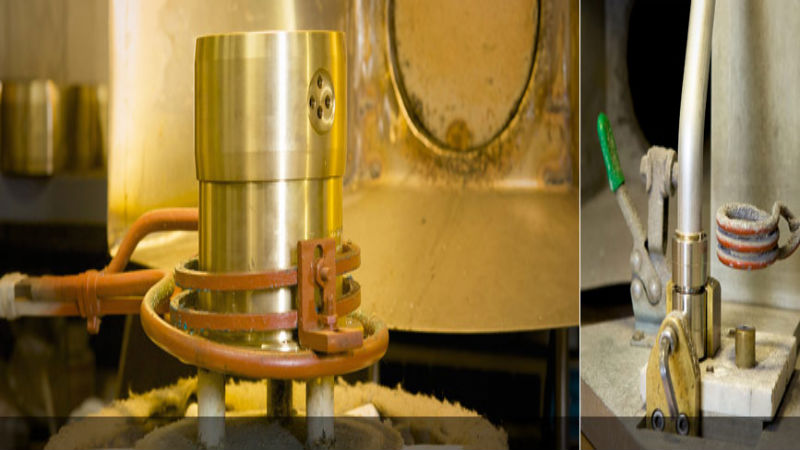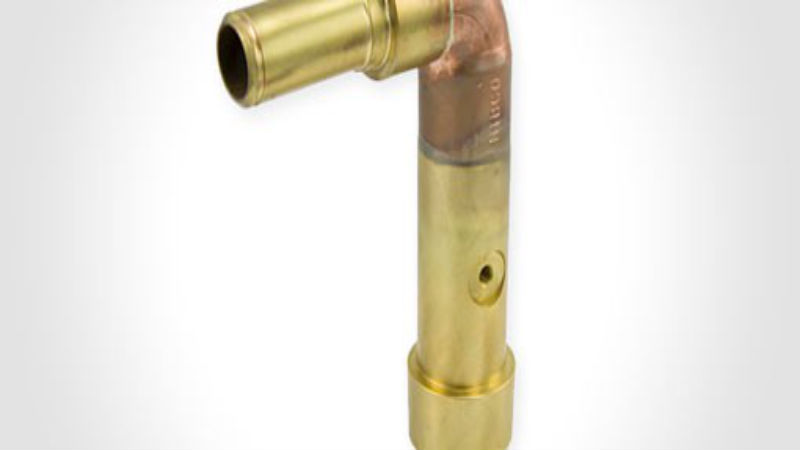When cleaning anesthetic equipment, like a breathing circuit machine, stopping the spread of germs and infectious disease is top priority. There are a variety of ways to sterilize and disinfect this type of equipment, but the most effective process is ultrasonic cleaning. This method is an effective way to clean machined parts and assemblies, offering a deep clean, even in the smallest of crevices on a part, to ensure there is no residue left on the parts that could spread disease or put a patient at risk of contamination.
What is Ultrasonic Cleaning?
Ultrasonic cleaning is a process that uses ultrasound and an appropriate cleaning solvent to clean machined parts and assemblies. It works by using high-frequency sound waves, usually between 20-400kHz, that are generated through the use of an external transducer unit, which causes the waves to form bubbles within the solution.
When these micro bubbles reach a certain point within the transducer, they implode on the surface of the part. This happens within the cleaning unit at high pressure but at on a very small scale. This is called an oxygen cleaning job, which is gentle enough to not leave any damage on the part, while also effectively cleaning the part. There are a variety of specialized breathing circuit cleaning processes, including but not limited to, Breathing Circuit Gases (BCG) Clean Specs and High Pressure Oxygen (HPO2) Clean Specs processes.
breathing circuit cleaning (through ultrasonic cleaning) can performed using just water for efficient clean, but sometimes it is necessary to use an appropriate solvent on the machined part or assembly to enhance the cleaning power. The use of a solvent depends on the type and severity of soiling on the part.
This process is used to clean many different types of objects, in addition to breathing circuits, it can be used to clean optical parts, surgical instruments, and electronic equipment.
Benefits of Using Ultrasonic Cleaning
This type of cleaning is best suited for items of all shapes and sizes, like machined metal parts, wires, and tubing, due to its ability to get into the smallest crevices for an effective clean down to the microscopic details. This process is very powerful, yet gentle on parts and can remove even the most stubbornly adhered grime.








